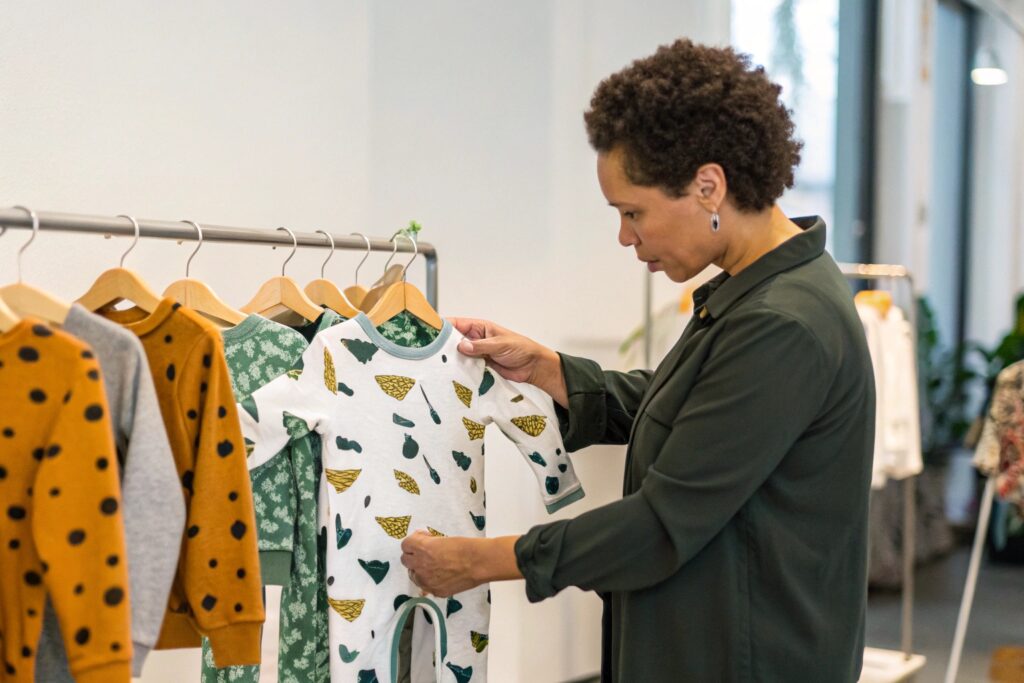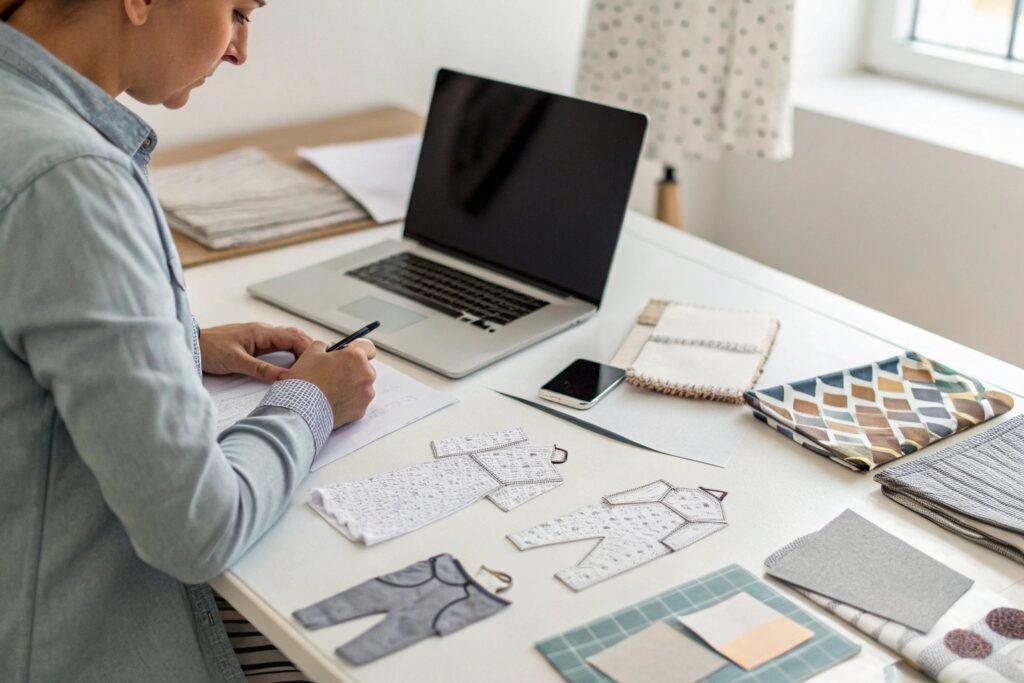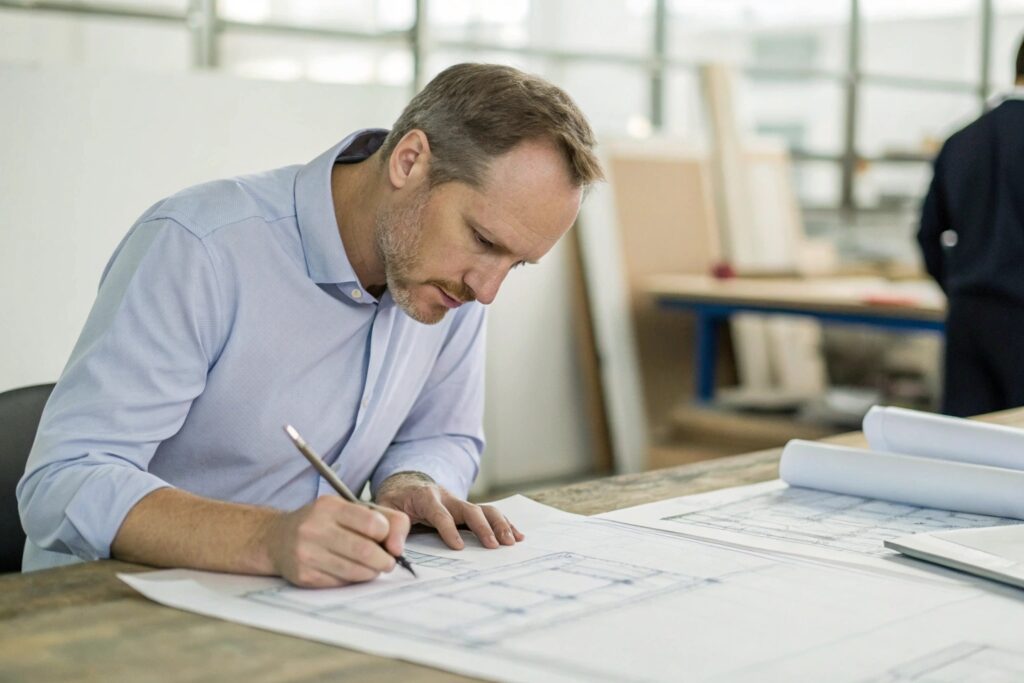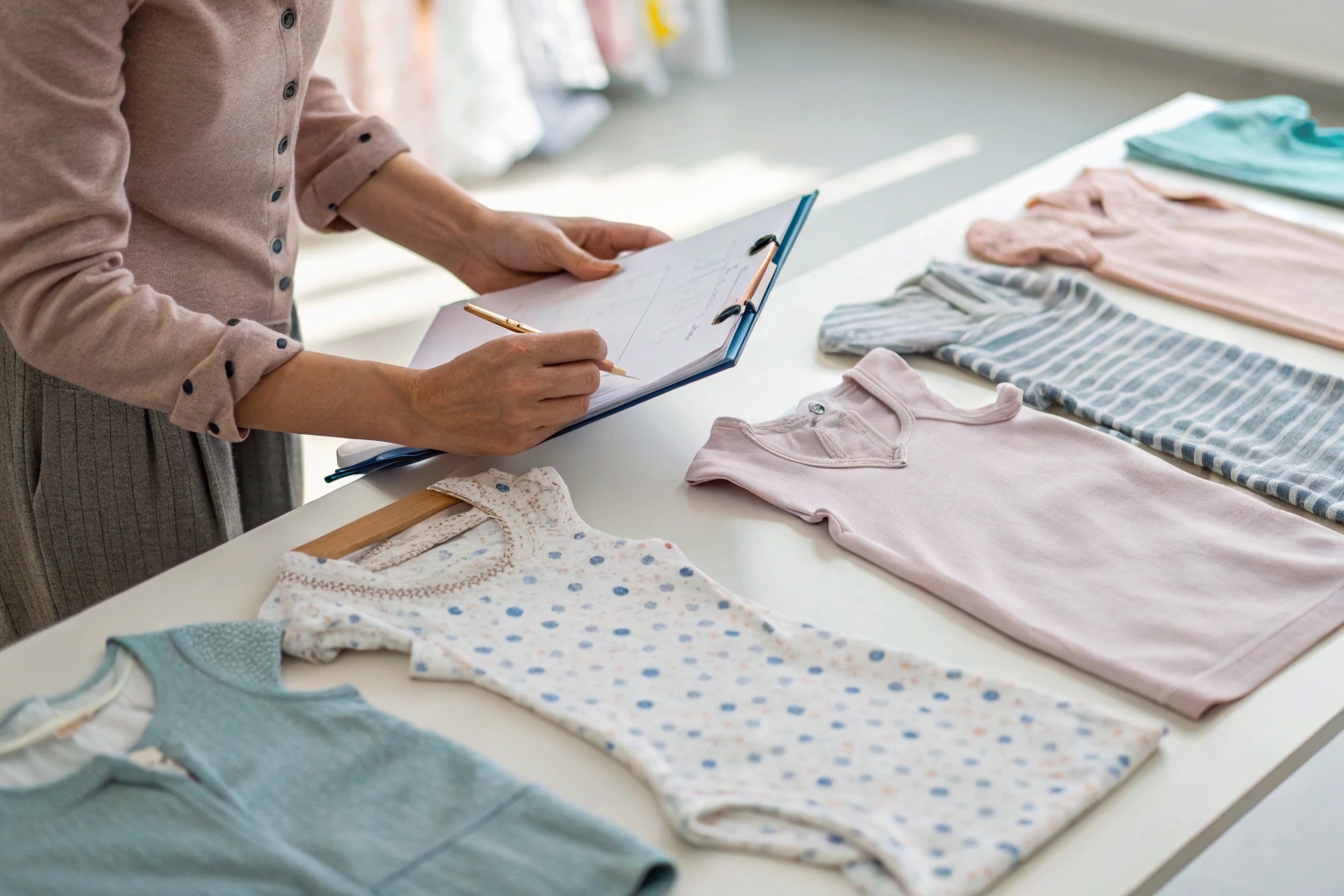You’ve got the designs, the brand concept, and a growing audience—but finding the right manufacturer to bring your kids’ streetwear to life? That’s the hard part.
To find a custom kids’ streetwear manufacturer, search verified suppliers, evaluate quality and experience, request samples, and choose small-batch factories that understand branding.
Here’s how I help brand owners source trustworthy factories that can deliver standout style, sizing accuracy, and flexible production options.
Where to Source Custom Kids Streetwear in Bulk?
You need more than just a clothing supplier—you need a partner who understands urban style, bold graphics, and smaller fits that matter in kidswear.
To source kids’ streetwear in bulk, start with B2B platforms, trade shows, niche factories in China or Southeast Asia, and direct referrals from fashion networks.

What sourcing platforms and channels work best for streetwear-specific kidswear?
Here’s what I’ve used to find niche suppliers:
| Source Type | Platform or Event | Best For |
|---|---|---|
| B2B Marketplaces | Alibaba, GlobalSources, Fibre2Fashion | Verified profiles, MOQs, basic designs |
| Trade Shows | Playtime Shanghai, MAGIC Las Vegas | Meeting fashion-forward kidswear suppliers |
| Google + LinkedIn | Targeted searches with “kidswear streetwear factory” | Direct brand contact |
| Private Sourcing | Facebook, WhatsApp industry groups | Referrals from brand owners, boutique makers |
Look for suppliers with sample galleries showing hoodies, joggers, and oversized tees. If their page shows only baby rompers or formalwear, move on.
Should I only search in China?
China has strong streetwear factories, especially around Guangzhou and Jiangsu. But I also look in Bangladesh (for knits), Vietnam (for structured sets), and even Turkey (for high-end cotton). Each region has strengths—you just need to match them to your brand style and price point.
What to Look for in a Streetwear Manufacturer?
You’re not making cartoon bodysuits. You’re building a kids’ line with edge—oversized fits, bold prints, drop shoulders, and urban details.
The right streetwear manufacturer understands fashion cuts, premium finishes, and custom branding options like puff print, embroidery, and woven labels.

What features separate a streetwear factory from a basic kidswear producer?
Look for factories that:
- Show oversized silhouettes or layered styles in their product samples
- Offer custom printing methods (DTG, puff, vinyl, screen, embroidery)
- Provide brand customization (woven neck labels, swing tags, packaging)
- Understand cotton blends, French terry, and 3D construction
Ask for their factory gallery. If every sample looks like toddler basics, they might not “get” streetwear.
Here’s a checklist I use during vetting:
| Feature | Must-Have for Streetwear Brands |
|---|---|
| Ability to cut oversized fits | ✅ |
| Fabric sourcing options | ✅ |
| Print customization | ✅ |
| Low MOQ for sampling | ✅ |
| Strong communication | ✅ |
How do I test if they really understand my vision?
I send moodboards, rough sketches, or brand references (e.g., “We want the vibe of Mini Supreme with comfort of Zara Kids”) and see how they respond. A good partner gets it fast—and even suggests production solutions.
How to Request Samples for Custom Kids’ Apparel?
Before placing bulk orders, you need to test quality, sizing, fabric feel, and print technique. Sampling is non-negotiable.
To request kidswear samples, send clear tech packs or design mockups, specify fabric and sizing, and agree on sample cost, shipping, and lead time upfront.

What do I include in a sample request?
Here’s what I always provide:
- Design File or Sketch: With garment front/back view
- Fabric Spec: 100% cotton French terry, 240gsm
- Print Details: 3-color screenprint + puff outline
- Size Needed: Usually 1 sample in size 5Y or 110cm
- Label Requests: Custom neck label + swing tag
- Packaging: If needed for test unboxing
Also confirm:
- Sample fee (often refundable)
- Sample shipping cost and method
- Lead time (usually 10–15 days)
Here’s a sample email line I use:
“We’d like to develop one sample hoodie in size 5Y, with cotton French terry and a 2-color puff print. Please confirm cost and lead time.”
Should I expect to pay for samples?
Yes. Most serious factories charge $50–$150 per custom sample, depending on fabric and print complexity. It’s worth it. Free samples often come from trading companies sending stock styles—not your actual design.
Tips for Working with Small-Batch Clothing Factories?
Small-batch factories are perfect for testing new collections or scaling up slowly—but they have unique communication and workflow needs.
To work well with small-batch factories, keep instructions clear, respect lead times, build trust over time, and stay involved during sampling and production.

What are the pros and cons of working with small-scale factories?
| Pros | Cons |
|---|---|
| Lower MOQs (100–300 pcs) | Limited fabric/print availability |
| More flexibility in sampling | Slower turnaround |
| Easier to build strong rapport | Less automated processes |
These factories are great for drops, capsule collections, or influencer collabs. But they rely heavily on clear instructions. One missing file or size detail can delay everything.
How do I maintain a strong working relationship?
- Use WeChat or WhatsApp for faster updates
- Follow up every change with email confirmation
- Create a shared Google Sheet for size breakdowns, PO status, and updates
- Send real-time feedback during sampling—photos, comments, and changes
Also, once a small factory proves itself, I stick with them. Loyalty often gets me faster slots and better prices later on.
Conclusion
Finding a great custom kids’ streetwear manufacturer takes research, samples, and clear expectations. But once you find the right partner, you unlock the power to build a brand that speaks style, comfort, and real identity—kid-sized but big on impact.










